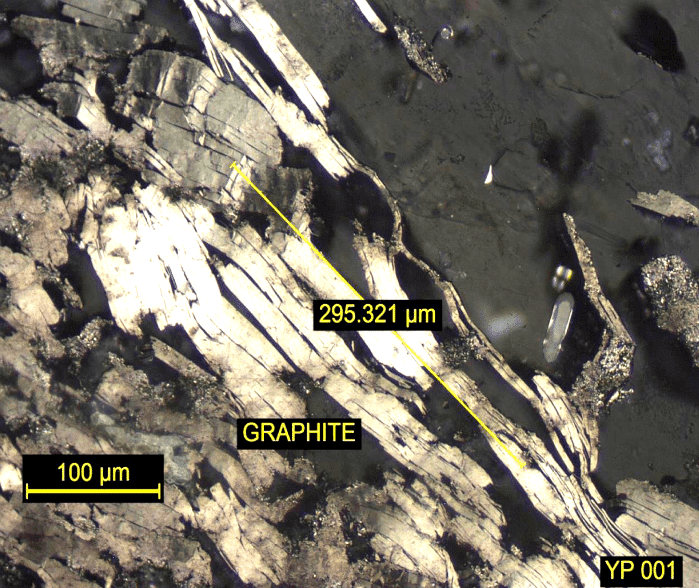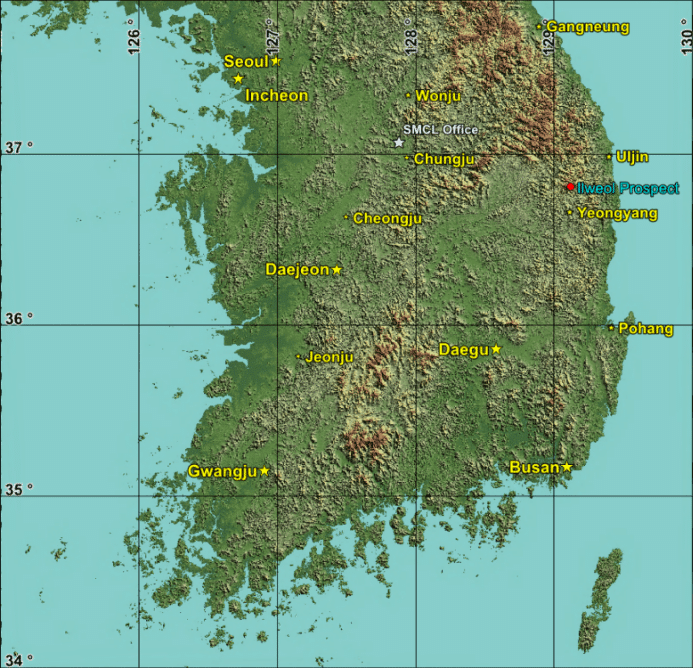Aside from its interests in the Southern Cross area of Western Australia, the Company also maintains an interest in mineral exploration, mine development and mineral processing companies within the Republic of Korea.
XTC holds a free-carried interest in prospective mineral tenements through an unlisted Australian Company in which it holds a 22.5% interest – Korean Resources Pty Ltd, which in turn holds 100% interest in two private Korean Companies that hold a series of mineral exploration tenements, prospective for graphite, base metal and gold mineralisation.
South Korea is home to a mixture of high technology industry and more traditional industrial manufacturing. South Korea imports almost all its raw materials to feed its strong industrial and high technology industry base. The Company has recognised an opportunity to apply modern exploration techniques to a country highly prospective for a range of base metals as well as graphite, and apply these resources to the battery energy storage industries in Korea.
Korea Graphite
Korean Resources owns five graphite projects located in South Korea, which offer close access to the country’s lithium-ion battery manufacturing market. Spherodised graphite is an essential component of energy storage technologies and South Korea is one of the world’s largest producers of lithium-ion batteries.
The five projects are prospective for large and jumbo-sized graphite flakes, with larger flakes offering greater potential to produce high-purity graphite for use in more advanced technologies with greater profit-margins.

Suyeon Mining
Korean Resources also owns a Korean exploration company Suyeon Mining, which holds base and precious metals tenements. The Ubeong project is prospective for zinc as well as lead and copper. The Ubeong project hosts a number of historic workings and runs across a 10km trend of skarn-limestone which is highly prospective for base metal mineralisation.
Historically mined, mineralised skarn adjacent to the active Keumho Zinc-Lead Mine had seen no modern exploration prior to XTC securing the project. XTC’s work has included detailed ground magnetic surveys, induced polarisation (IP) and systematic soil sampling to define drill targets.
At the southern portion of the Ilweol Prospect, historical diamond drilling records at this large porphyry-skarn deposit included high-grade intersections of 7.0m (4.0m TW) @ 14.58% Zn, 1.37% Pb, 2.12% Cu. Here, the Company completed a detailed ground magnetic survey over the Ilweol skarn horizon, extending the magnetic skarn strike length to over 2km. The new magnetic anomalies are of similar magnitude to those associated with massive sulphide in historical drilling and are therefore drill ready.

